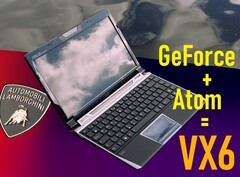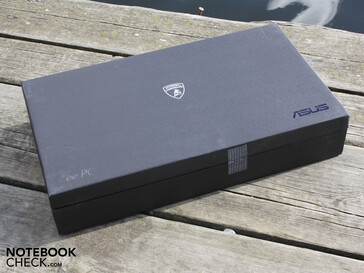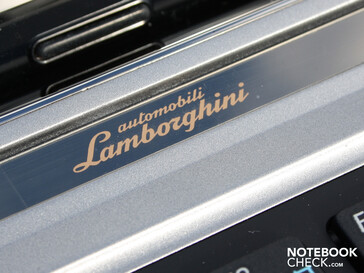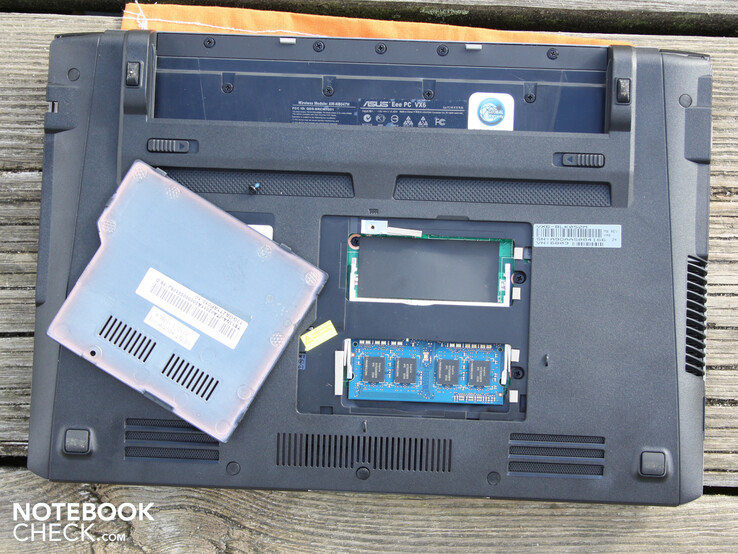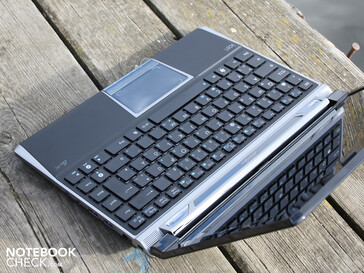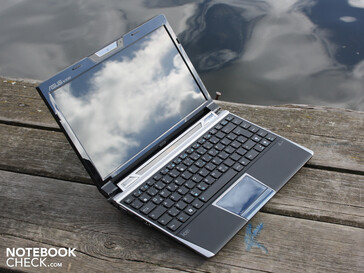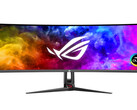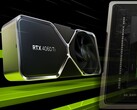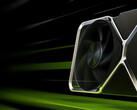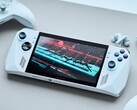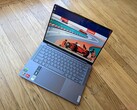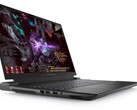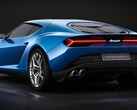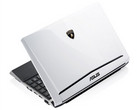CheckBack - scouring the Notebookcheck archives
It does not happen very often that a laptop maker teams up with a sports car maker, but when it does, the resulting products tend to be priced way above the average. The Asus VX6 was born in an arrangement of that exact kind; to the surprise of many, it ended up being fairly affordable thanks to the use of Intel's entry-level chips, Atoms. The configuration we tested in 2010 was based on the dual-core Atom D525 CPU and Nvidia's Ion 2 graphic solution.
The laptop came in a minimalistic-looking box. It sported a glossy, mostly plastic chassis that nonetheless proved rather sturdy; "sophisticated, high-end appearance" were the words that we found appropriate, at the time.
The Asus featured a 56 Wh battery. In 2010, that was a lot of battery to have for a 12-inch notebook; little wonder, then, that the chassis was rather thick at ~37 mm. In our testing, the battery was good for four-and-a-half hours of watching movies or browsing the web. This sounds laughable today, but it was a decent result back then.
Asus opted for a healthy selection of ports including several USB ports, a card reader, an Ethernet port and two display outputs (VGA + HDMI). The company really went against the then current trends with all this - Apple's early MacBook Air designs were all the rage, and most laptop makers suddenly found themselves itching to remove as many ports as possible.
The Atom + GeForce combo proved rather competent at delivering sufficient day-to-day performance. A gaming laptop in disguise this was not; demanding games such as Crysis would run at no more than 20 fps even at the lowest settings and resolutions possible. Still, mundane tasks were performed in a timely fashion, and the user knew that they would have the option of gaining some additional performance down the line by upgrading the built-in HDD to an SSD and by adding extra RAM.
As our in-depth testing revealed, this member of the Eee PC product family was cool and quiet under virtually all load conditions. It also had rather decent built-in speakers. The 12.1-inch, 1366 by 768 resolution display was probably the most unpleasant thing about the Asus Eee PC VX6 Lamborghini edition laptop; its unimpressive brightness, combined with an even more unimpressive contrast ratio and subpar viewing angles, left us wishing for something better.
Despite the poor screen, this little experiment of Asus was a success, and we are happy to note that Asus continues to make innovative, breath-taking products like the ROG Ally gaming handheld that we tested just a few weeks ago.




